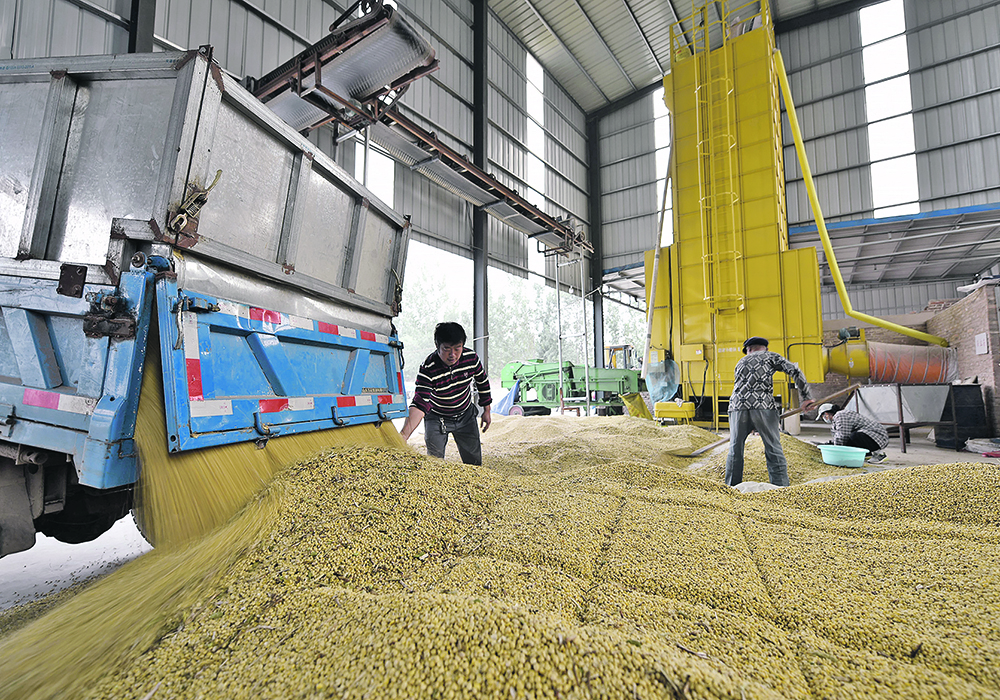BEIJING, China (Reuters) — China has sharply expanded its budget to stockpile grains and edible oils this year and stepped up support and policies to boost agricultural production, doubling down on improving food security.
The world’s biggest buyer of grains and oilseeds wants to reduce its heavy dependence on imports that amount to more than 100 million tonnes annually, mostly from the United States and Brazil. China’s total agriculture imports totalled US$234 billion in 2023.
“These efforts will help guarantee the incomes of grain growers and motivate major grain-producing areas to stay focused on grain production and further tap their potential for higher yields,” the finance ministry said.
Read Also

New coal mine proposal met with old concerns
A smaller version of the previously rejected Grassy Mountain coal mine project in Crowsnest Pass is back on the table, and the Livingstone Landowners Group continues to voice concerns about the environmental risks.
China will spend $19.54 billion on stockpiling grains, edible oils and “other materials” this year, up 8.1 percent from a year ago, the report said.
“The rising reserve budget signals Beijing continues to be concerned about its supply of food and other key raw materials,” said Even Pay, agriculture analyst at Tritium China.
“By maintaining or even growing reserves, it is looking to put a floor under its own economic and food security, but at the expense of even greater intervention into markets.”
China also said it allocated $7.57 billion in subsidies for agricultural insurance premiums, up 18.7 percent from a year ago.
The finance ministry will also increase the minimum purchase price of wheat and expand insurance coverage for rice, wheat and corn nationwide.
“As China has a large population, we must adopt an all-encompassing approach to agriculture and food and ensure that China’s food supply remains firmly in our own hands,” premier Li Qiang said in a separate report.
Li said China will expand the production and yields of oilseed crops, including soybeans and rapeseed, while keeping livestock and fishery production stable.
China’s state planner targeted 2024 grain output of more than 650 million tonnes, adding that overall grain production capacity was expected to grow steadily.
“Steady progress will be made in the new drive to increase grain production by 50 million metric tons,” the National Development and Reform Commission said.
That includes building on progress increasing soybean acreage, accelerating the construction of national soybean seed centres and supporting the development of high-oil and high-yield crop varieties, it said.
“We will build agriculture into a major modern industry”, the report said.
The world’s second-largest corn grower is looking to continue raising production even after last year’s record crop of 288.84 million tonnes.

















